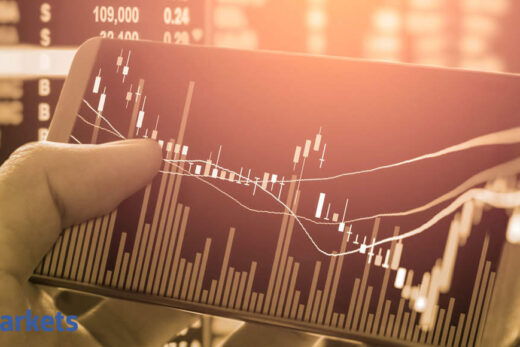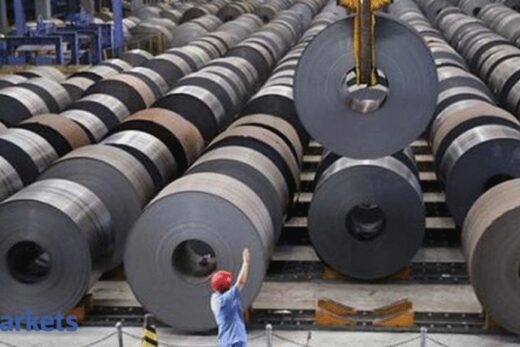The fiscal position of the central government, it said, has witnessed an improvement in the recent months with a revival in the economic activities during the second half of FY2020-21.
As per provisional figures, net direct tax collections for 2020-21 are 4.5 per cent higher than Revised Estimates (RE) and 5 per cent higher than collections in 2019-20 — the significant growth compared to 2019-20 provides an indication of economic recovery since the first wave.
GST mop-up registered a good growth and collections exceeded Rs 1 lakh crore in each of the last six months owing to economic recovery, it said, adding, GST revenue registered another record high of Rs 1.41 lakh crore in April, indicative of continual economic recovery.
However, the report noted that the second wave of the pandemic hit the market sentiment as Nifty 50 and the S&P BSE Sensex recorded losses of 0.4 per cent and 1.5 per cent, respectively in April, and the rupee depreciated by 2.3 per cent to reach 74.51 INR/USD in April. This was mirrored by net FPI outflows of USD 1.18 billion in April.
Domestic financial conditions, nevertheless, continue to remain comfortable with RBI’s support to liquidity, with open market operations worth Rs 3.17 lakh crore carried out in 2020-21, it said.
Launch of G-SAP 1.0 towards stable and orderly management of the yield curve is a significant tool for forward guidance.
While overall financial conditions remained accommodative, the report said, credit growth continued to be muted at 5.3 per cent as on April 9, 2021.
Sectorally, the report said, agriculture, medium industry and trade services led the credit offtake in March, while credit to small and large industry and NBFC services remained subdued.
Easy financing conditions enabled the corporate sector to raise substantial funds from financial markets, it added.
Latest data on corporate earnings signals a manufacturing turnaround in the fourth quarter of 2020-21, with 12.5 per cent growth in net sales and 9.5 per cent rise in income for a sample of 213 companies, the finance ministry report noted.
Digital payments continued to gain momentum in April with UPI transactions volume and amount more than doubling previous year levels.
CPI-combined inflation rose to 5.52 per cent, mainly on account of high food inflation. WPI inflation increased to an 8-year high of 7.39 per cent, led by oil and metal prices as well as base-effect, exceeding its CPI counterpart after nearly two years, it said.
Softening food and fuel prices, with normal monsoon and expected supply easing of food products, may provide succour to a potent risk of rise in input prices surfacing as retail inflation, the report said.



